Introduction
The process of making whites liquor involves breaking down lignin and non-fibrous material within the fiber material. A chemical solution and a cooking liquid are used to break down these components, removing them from the fiber. The process is broken down into three stages: initial delignification, secondary delignification, and relignification. The first stage of delignification breaks the a-aryl ether and phenolic b-aryl ether bonds in the lignin structure.
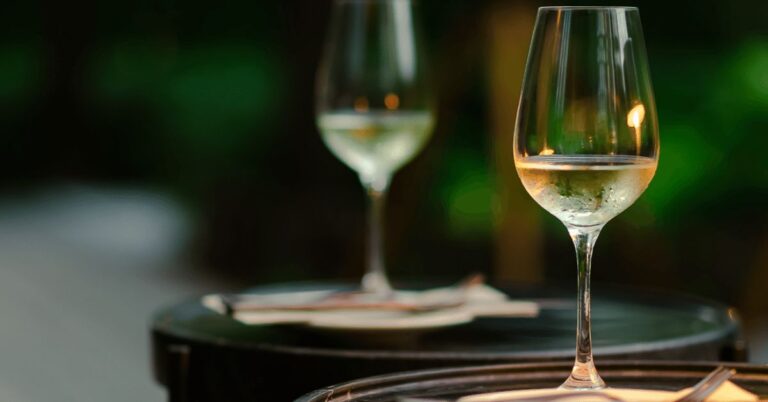
Black liquor
Compared to whites, black liquor is made from plant-fiber degradation products. It contains lignin residues, inorganic chemicals, and hemicellulose. Its total solids are between 40% and 50%, and it contains about 20% sodium. It contains about 10%-15% organic matter. It also contains some soaps. The main components are lignin, hemicellulose, and a few other inorganic materials.
Papermaking wastewater contains a high proportion of suspended solids, organic pollutants, and toxic substances. These substances can seriously pollute water bodies and cause them to turn black. In addition, black liquor has a special foul odor. It contains high concentrations of suspended solids and has high biochemical oxygen demand, which affects water quality. It is also high in alkaline substances, which increases the pH value of a body of water sharply.
In deacetylation, the weaker black liquor is recycled into biomass hydrolyzate liquors. In this process, the liquids contain inorganic ions. The second-largest ion in black liquor is potassium, which has a constant concentration of 0.4 g/L. Iron and calcium are in lower concentrations. Hence, the black liquor is more stable in terms of its composition and purity.
As part of a new law enacted by Congress, companies that convert cellulose into fuel can receive credits for using it as an alternative energy source. In 2005, the Highway Bill included a provision for liquid alternative fuels. This provision was later expanded to include non-mobile biomass. Hence, kraft pulp producers became eligible for this tax credit. Kraft pulp producers produce black liquor as a by-product and use it for energy production. This tax credit could generate as much as $3.7 billion for international paper. Weyerhaeuser announced it in May 2009.
White liquor
The preparation of white liquor involves reducing green liquor to sodium hydroxide. This results in lime mud, which is a substance made of calcium carbonate (CaCO3). Lime mud is separated from weak liquor in a lime mud washer. This produced lime mud is then burned at high temperatures in a lime kiln. White liquor is produced from the lime mud. Here are some tips on how to prepare this substance.
Lime Line: The technology for producing white liquor from green liquor can be applied to kraft pulping, delignification and recycling. LimeLine plants minimize the environmental impact and energy usage, while minimizing waste and end-of-pipe removal. These solutions help companies increase production without sacrificing quality. With ANDRITZ, you can enjoy the benefits of advanced technology without compromising on performance and efficiency. A variety of innovative products and processes are available to suit all types of white liquor production and recycling requirements.
Cooking Process Control: Various variables can be controlled to increase the selectivity of delignification. Cooking temperature, time and alkali concentration are all important factors to keep in mind when optimizing the cooking process. The degree of vulcanization and the amount of alkali used will have a significant influence on the speed of delignification and the pulp yield. Cooking time and degree of sulphurization also play a vital role in the production of white liquor.
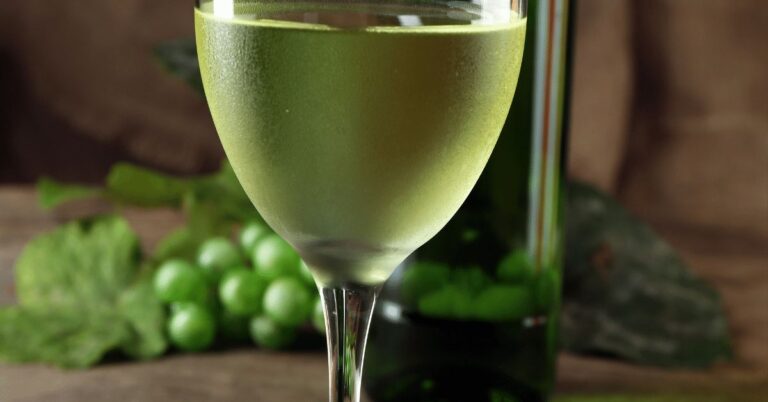
Brandy
Whites liquor brandy is a clear spirit that goes very well with fruit juices, soft drinks, and mixers. The Christian Brothers Frost White Brandy is a good example. It’s also inexpensive and is great to have on hand if you’re having a party. It’s a perfect choice for mixing with cocktails or for sipping alone. It’s not hard to find this type of spirit anywhere.
Brandy comes from wine, fruit mash, or other fermented fruit. Different countries have their own styles of brandy, and the most well-known are those distilled from grapes. But other fruits are often used as well. Brandy ages for several years, typically in barrels lined with wood. It is then blended with water to balance the flavours. It can be stored for a long time, as well.
The history of Whites liquor brandy dates back to the Middle Ages. The first brandy was distilled as a way to preserve it, make it easier to transport, and reduce the tax assessed by volume. Water from the distillation was then re-infused with the brandy before consumption. The process involved in distillation caused the formation and decomposition of aromatic compounds, while non-volatile substances were left in the still.
Whites liquor brandy can be categorized into several flavors. Brandy made from grape pomace, for instance, is called eau-de-vie de marc in Burgundy, while grappa is a sharp-tasting unaged brandy produced in Italy. Brandy made from pomace is also known as calvados, but is still more expensive. A bottle of Whites liquor brandy can be enjoyed with a cigar or coffee.
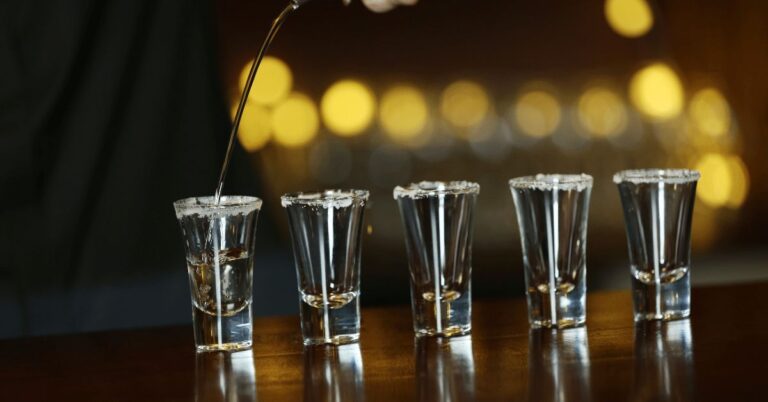
Pinot grigio
There are a variety of different wines to choose from when selecting a wine from the world of wine. Pinot Grigio is a light-bodied dry wine with fruity aromas and flavors of citrus, white peach and honeydew melon. It is often described as crisp, dry, and fresh. This white wine is best served chilled, which will give it a refreshing tartness and light texture.
This wine pairs well with savory and sweet dishes, as it accentuates the light flavor of these dishes. It also helps to cut some of the acid in certain foods and makes them more digestible. Whether you plan to drink this wine on its own or with food, it will complement many different types of foods. If you’re looking for the perfect pairing for your next dinner party, a Pinot Grigio is an excellent choice.
While you can find a variety of pinot grigio whites, most of them are made from the Pinot Grigio grape. This grape variety originates in Eastern Europe and is also known as Szurkebarat in Hungary. In the 1300s, it reached Switzerland and became a favorite of emperors. In the early 21st century, Pinot Grigio made its way to the United States and eventually became popular.
Whether you prefer a wine made from pinot grigio or sauvignon blanc, the difference between these two types of whites is often in the alcohol content. While pinot grigio and sauvignon blanc are both whites, most are around 12.5 to 13 percent ABV. Some are sweet, and some are off-dry. These wines are generally priced higher than pinot grigio whites.
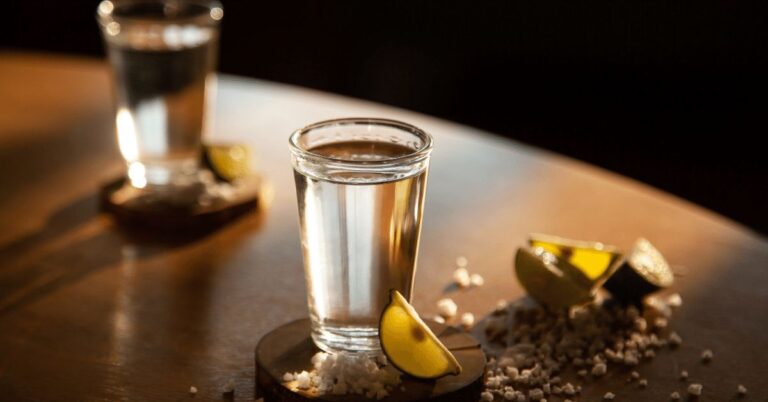
Pinot noir
While you might think that there is only one difference between Pinot Noir and whites, that couldn’t be further from the truth. While Pinot Noir has been around for centuries, its reputation for being temperamental makes it one of the world’s most sought-after wines. And it doesn’t need a movie like The Sideways Effect to make it popular again. This red wine pairs well with a variety of food choices, including poultry, fish, creamy cheeses, and decadent chocolate. Whether you are looking for a special occasion or just a relaxing night in, there is a Pinot Noir for you.
White Pinot Noir, on the other hand, is produced by pressing grapes. Under pressure, the free-run juice is released, leaving behind clear white juice. This wine is made in the Willamette Valley, and features flavors of baked apple and elegant rainier cherry. In addition to its crisp acidity, it also boasts a subtle minerality and lemon curd aroma. The taste is smooth and easy to drink, and it pairs well with a variety of foods.
Although both wines are made from the same grape, they have very different flavors. Pinot noir is made from a red grape, while a white wine is made from a white grape. Pinot noir is produced in both regions. The difference between the two is mainly in their appearance and texture. A white Pinot Noir is often more expensive than a red one, but it will not have the sexiest posh taste.
While the differences between whites and reds are significant, it’s important to remember that these aren’t the only distinctions between them. While both are generally compatible, you can choose the one that best suits your tastes. While it may be tempting to serve red wine at room temperature, you may not want to make it too warm or too cold. The perfect temperature is about 65 degrees Fahrenheit. A white wine, on the other hand, is best served at room temperature.
Converting Green and Black Liquor to Whites Liquor
What is the difference between Green and Black liquor? What are their congeners? And how can you convert green or black liquor to whites liquor? This article will cover all the details. Read on to learn more. We’ve also covered the processes involved in the conversion process. Read on to learn how you can improve the performance of your whites liquor plants!… and get some free white liquor samples to taste! And remember, there are many benefits to choosing ANDRITZ!
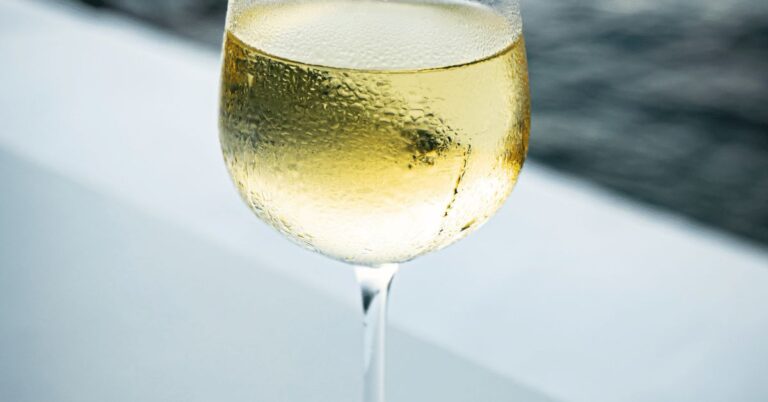
Black liquor
A mixture of inorganic and organic chemicals, black liquor has the highest sodium content. Its composition is approximately 80% water and 15% inorganic solids. It contains soaps and lignin. A comparison of its composition shows that white liquor contains about 2% sodium and about 40% lignin. Both are used in cooking and making beverages. Black liquor is primarily used as a flavoring or additive in alcohol, whereas white liquor is more expensive and is usually sold in supermarkets.
Historically, the forest products industry consumed most of the black liquor. Now, the forest products industry is one of the largest sources of carbon-neutral renewable energy in the United States, generating over 28.5 terawatt hours of electricity every year. Furthermore, the lignin content of black liquor is a valuable biofuel, as it can be exported and used as fuel in lime kilns. This method enables the forest products industry to reduce its carbon footprint while obtaining the same benefits as other biofuels.
The biorefinery process can produce concentrated black liquor, which is a by-product. This substance is obtained by alkaline pretreatment and deacetylation of biomass. The high solid content causes the black liquor to be hard to flow. Researchers have studied the effects of this viscosity on black liquor combustion and utilization. These studies indicate that recycling black liquor will decrease its viscosity. This is a major advantage over conventional distilling.
Papermaking wastewater contains a large concentration of organic pollutants and suspended solids. This process produces black liquor with a foul odor. This liquor can be used in ceramics and oil well mining additives. Its high concentration of organic pollutants can also adversely affect the quality of water. Further, the alkaline content in black liquor can cause a sharp increase in the pH level of the water. This can harm the aquatic environment and reduce its water yield.
Green liquor
For the clarification of green liquor in a whites liquor distillery, caustic lime can be charged to the liquor. This charge can range from 0.5 to 10 percent of the lime needed for causticizing, or roughly 2.5 to 7.5 kg per metric ton of pulp. Caustic lime’s filtering property deteriorates with time and is not consistent with the method of the invention. Nevertheless, the caustic lime charge has many advantages. It reduces the amount of green liquor in the whites liquor, increases its filtration efficiency, and increases the causticising capacity of the process.
The first step in green liquor neutralization is the removal of the sludge. The second step is to separate the green liquor from the whites liquor. This process is also called pre-hydrolysed Kraft pulping. It is commonly used to make dissolving grade pulps. It has been demonstrated that sludge can be neutralized with milder alkalinity green liquor. This shift in pH affects both the yield and reactivity of the dissolving pulp. Various tests were conducted, including X-ray diffraction and scanning electron microscope, to assess the neutralization process.
The second step of the whites liquor production process involves the heating of green liquor. To achieve this, pulp producers use a number of technologies. They can use a shell and tube heat exchanger, a hydro-thermal industrial hydroheater, or no heating at all. Without heating, the green liquor may remain uncontrolled and too hot for the slaker. Heating green liquor is typically performed in-line before the slaker.
Heat transfer is critical for green liquor slaking. Inefficiently heating green liquor results in uneven reactions, accelerated reaction times, and chemical carryover. Sparging also increases vessel dust and can negatively impact heat exchanger maintenance. Using a DSI heat exchanger can minimize this problem, as 100% of the steam energy is transferred to the green liquor. However, it results in a long lag time when heating the supply tank.
Congeners
There are various congeners present in alcohol, and the more congeners you drink, the more likely you’ll get a hangover. Lighter-colored drinks generally have lower levels of congeners. Dark-coloured drinks usually have higher levels of congeners and, therefore, you may want to stick to clear liquor if you’re looking to avoid a hangover. Even if you’re planning to mix drinks, keep in mind that you may end up doubling up on the congeners you consume.
Alcoholic beverages contain a variety of congeners. These substances are biologically active, meaning they can have a direct effect on your brain. They are also more prevalent in red wines than in whites. Furthermore, brown spirits are thick and contain high levels of congeners. Oak barrels are used to age spirits, which gives them their characteristic flavor. Likewise, whiskey is known for being luscious, but there are some types of congeners that are harmful to your health.
Darker liquors are typically higher in congeners, while whites have the least amount. Darker liquors are generally made from a sugar source and fermented. In addition, darker beverages like brandy and rum have the highest concentrations of congeners. In general, clear liquors are better for your body than dark alcohols, which can leave you with a hangover after a few drinks.
In addition to being harmful, combining impurities in alcohol can result in a hangover. This is especially true when you consume cheaper liquor. Cheap liquor does not have the same level of filtering as top-shelf brands. Also, cheap liquor is not as well-filtered, which means that it has higher levels of congeners than premium liquors. This results in a much worse hangover. The best way to avoid this is to drink a few small glasses throughout the day.
Conversion to white liquor
The conversion to white liquor process involves treating black liquor to turn it into a cleaner, whiter substance. A process known as steam distillation involves spraying molten sodium carbonate into a furnace shaft. The resulting mixture contains sodium sulphide and other organic matter, including lignin. The process also removes a significant amount of water from the black liquor, which makes it suitable for use in cooking.
The Withdrawn solution is then treated to produce valuable by-products. Sodium sulphide, the main by-product produced, is increased in concentration in the White liquor. This is equivalent to adding a certain amount of sodium sulphate. Once the conversion process is complete, the residual solution is dried. Conversion to white liquor is a necessary part of paper pulp production. Here’s how it works.
In a conventional pulp mill, the green liquor is used in pulp production. It contains about 110 g/l total titratable alkali, or NaOH. This is concentrated to 130-200 grams of NaOH by evaporation. This yields an effective causticizing process that has a 92+-3% efficiency. The next step is to reduce the amount of ballast and concentrate the white liquor to a suitable concentration for cooking.
Tax credit for black liquor
The White House is considering ending the tax credit for black liquor, a wood byproduct that can be used as biofuel. The credit could be claimed under a new incentive for cellulosic biofuels. If approved, this change would save the U.S. taxpayers $24 billion over 10 years. The proposal is timed to come just before a bipartisan health care summit. The U.S. has committed to attend.
The new health care reform bill is likely to eliminate this tax credit. However, the Environmental Protection Agency disagrees with the Internal Revenue Service. This tax credit is a way for businesses to reduce their carbon footprint. Paper companies were claiming the credit for black liquor because it is renewable. The new health care reform bill eliminates this loophole. This change could have huge implications for the paper industry. However, the new law will make it easier to claim black liquor’s carbon footprint as biofuel.
While this provision has been removed from the final agreement, its existence was never entirely ruled out. It was objected to by Republicans and Democrats alike. Therefore, the Senate Finance Committee dropped the provision between floor action and committee action. However, it has not been completely removed, and a new transportation bill is still needed. This bill will fund the transportation industry, in part by ending the tax credit for black liquor. It has been called “Son of Black Liquor” for its role in producing cellulosic biofuel.






